Chile
Stretching from the arid deserts of the north to glacial fjords in the south, and bounded by the Andes to the east and the Pacific ocean to the west, Chile is a narrow stripe of natural splendor spanning incredibly diverse ecosystems. Connected contiguously by land only by passing through Argentina, the windswept mountain grasslands of Southern Chile are so remote from the bustle of Santiago that it could be another country. The final stretches of the Carretera Austral, a single, largely gravel road connecting a significant part of the south, wasn’t completed until nearly 20 years ago. Fly north from the glacial fjords Punta Arenas and the iconic granite massif of Torres del Paine, and the landscape unfurls in a a tapestry of grasslands, towering mountains, lenga forests, and the temperate rainforest of Pumalín. Cross the quiet fishing villages of the misty Chiloé archipelago to the mystic volcanoes and pristine waters of the Lake District. Continue on and forests give way to vineyards and farms, to arid coast and sandy beaches. Touch down in the cultural and commercial center of Santiago and you are only halfway to the northern border with Peru and Bolivia, and the badlands of San Pedro de Atacama. A charismatic fusion of rugged landscapes of water and mountains, isolated farms and small towns, and the cosmopolitan thrum of major cities, Chile’s wild beauty will call you back again and again.
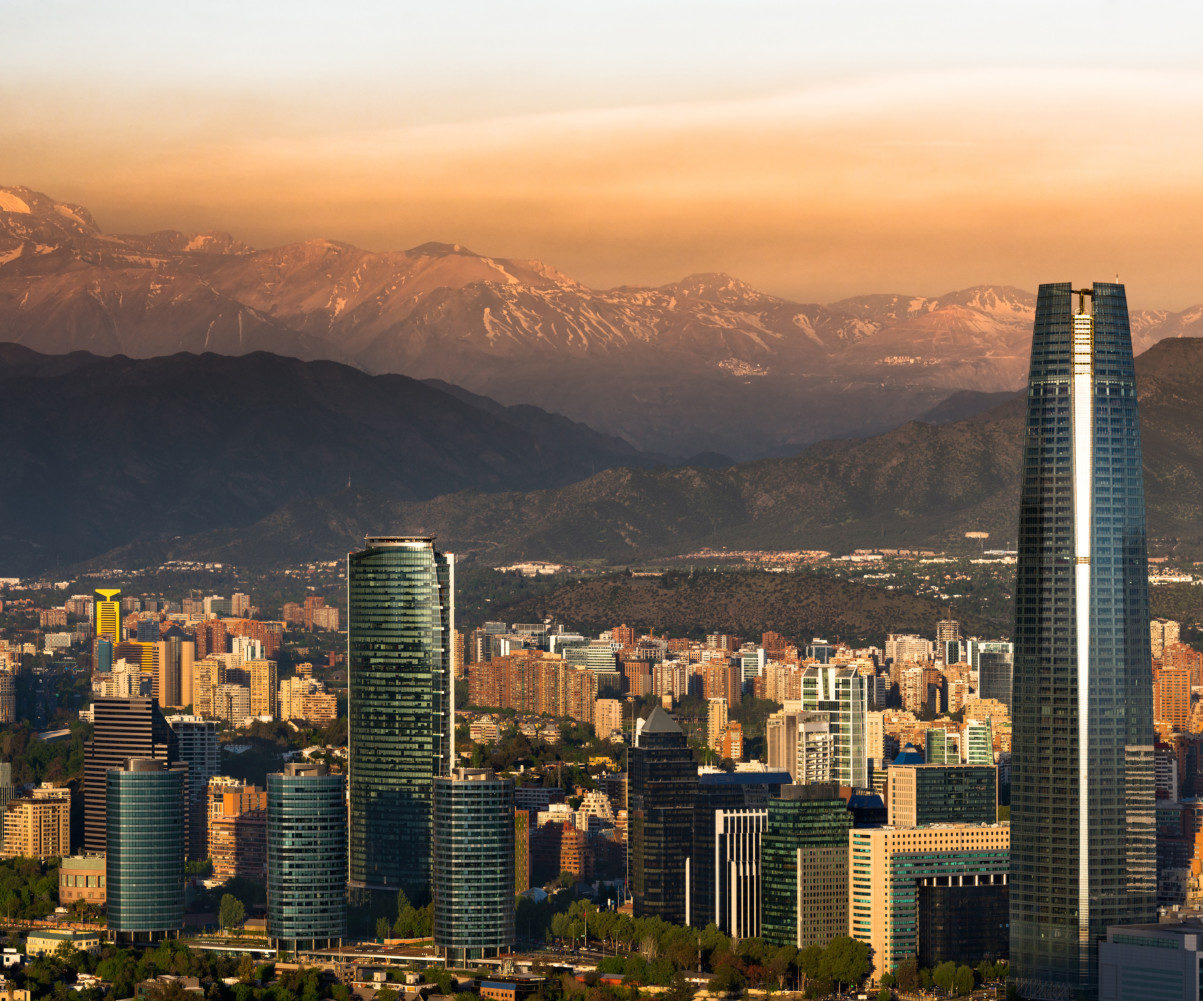
Santiago
Cosmopolitan, green, easy-going, and walkable, Santiago is an urban powerhouse of activity and enjoyment. Top-notch restaurants with local flavor vie with hip international cuisine and seven-course weekend brunches. Make sure you stop into the Mercado Central seafood market for morning shopping with the locals or a boisterous lunch scene in the center of the warehouse. Go for a hike up the forested slopes of Cerro San Cristóbal for great views of the city, or relax in the shady Parque Forestal in the heart of the city, where the buzz of nearby traffic seems to vanish completely. Santiago is a city of incredible museums, parks and plazas, historic mansions, modern skyscrapers, fantastic nightlife, and neighborhoods with completely distinct vibes. Though Santiago has a highly-efficient subway system, the best way to feel the different rhythms of the city is to spend your days on foot.
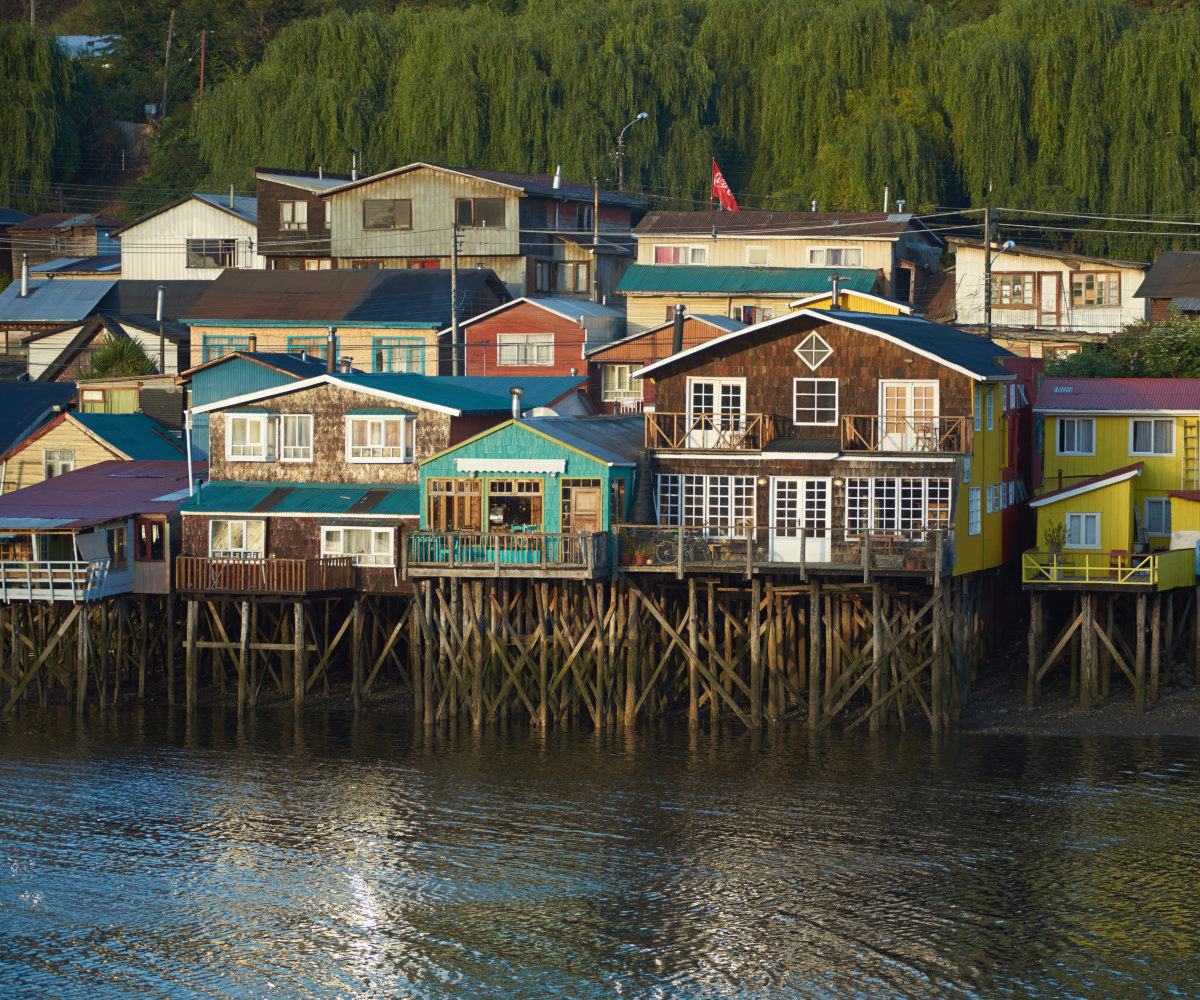
Chiloé
A mystical archipelago of folklore and mist-shrouded forests, Chiloé is a mysterious trove of wild coastline, secluded sand beaches, and vibrant cultural heritage. The population of Chiloé is a blend of indigenous cultures and colonial descendants who have maintained strong ties with traditions of farming, fishing, and artistry. The main island of Chiloé is covered with national parks and nature reserves where you can hike, kayak along estuaries, go bird and whale watching, or even catch a few low-key waves to surf. The island is renowned for its woolen products, historic wooden churches, and a delicious meat, seafood, potato stew called curanto. Chiloé is also known for its distinctive wooden shingle-sided buildings and houses elevated on stilts, called palafitos, that cascade colorfully along the waterfront. Check out the street art of Castro, contemplate the quiet mystique of Parque Nacional Chiloé, and let the magic of this misty haven wash over you.
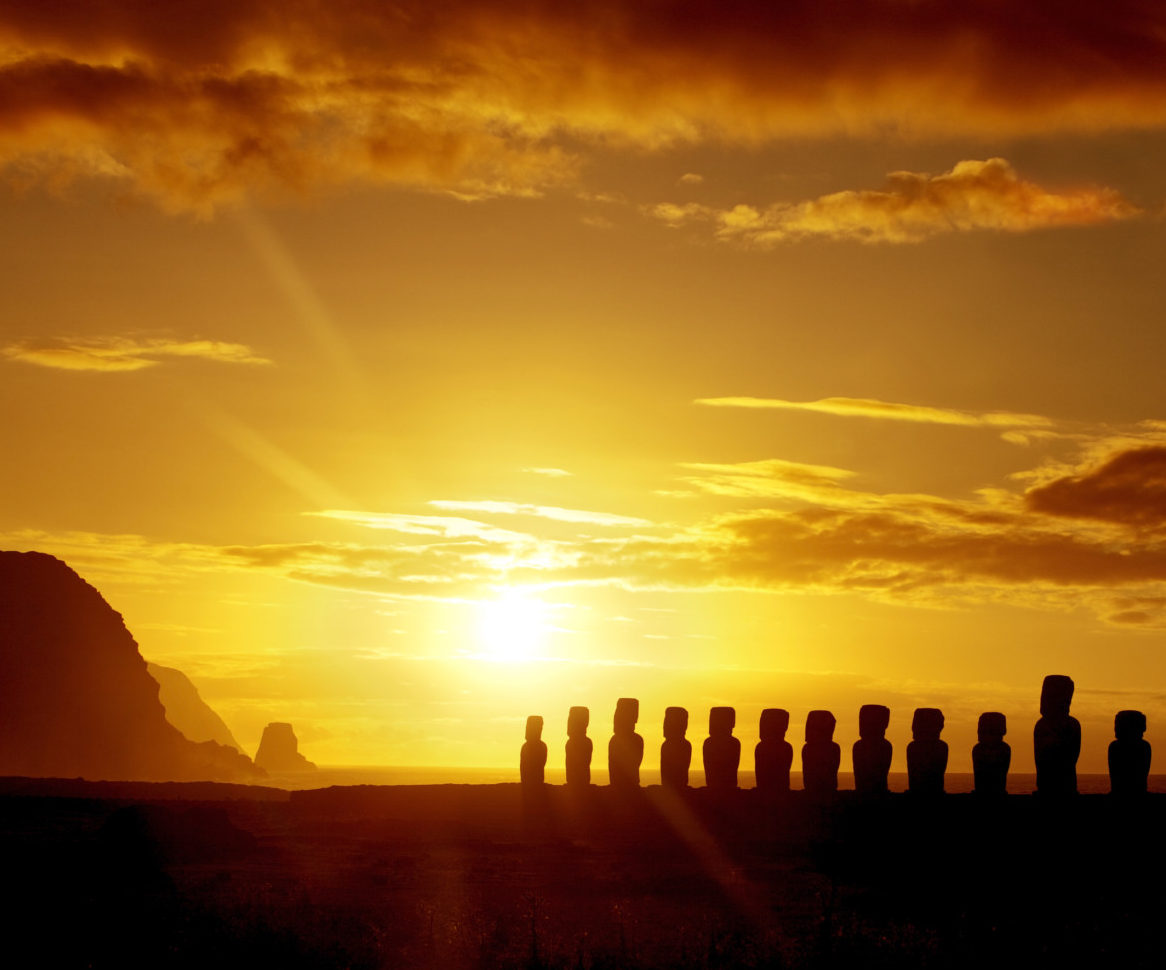
Easter Island
Sitting in the southeastern Pacific Ocean, Easter Island, Known as Rapa Nui by the local population, is almost 2300 miles away from the Chilean mainland and is the most remote populated island in the world. It is a mystical microcosm of art, history, and incredible landscapes. Seeing the iconic statues, called moai, is an unparalleled experience. Carved from volcanic rock called tuff during the period from about 1100-1600 CE, there an aura of the unknown around these massive statues that fascinates scholars and travelers alike. The history and mystery of Easter Island will envelop you, but this tiny eco-friendly island has much more to offer. There is excellent diving, snorkeling and surfing, and a handful of idyllic white sand beaches. Hop on a bicycle or take a horseback tour to explore more of this island’s mythic landscape.

Pucón
With the wooden-framed feel of an alpine ski town, Pucón is an outdoor adventure destination all year long. Though it has the high-end hotel and culinary options of a big city, Pucón has tasteful architecture, a small-town but upbeat vibe, and instantly makes you feel at home. This is a town that revolves around helping travelers indulge in the incredible environment of the Lake District. Sitting on the shores of Lago Villarrica, the snow-capped peak of Volcán Villarrica rises majestically in the distance. Get a jolt of adrenaline and hike up the volcano, raft nearby rivers, kayak, ski, or go for a slightly more low-key nature experience and head to the foothills of the Andes to Parque Nacional Huerquehue. The park has a network of trails to take you between crystal-clear lagoons, mossy streams, and scenic vistas stretching all the way to Volcán Villarica. Back in Pucón you can find everything from microbrews and steak to international culinary fusion, with a thriving nightlife to top things off.
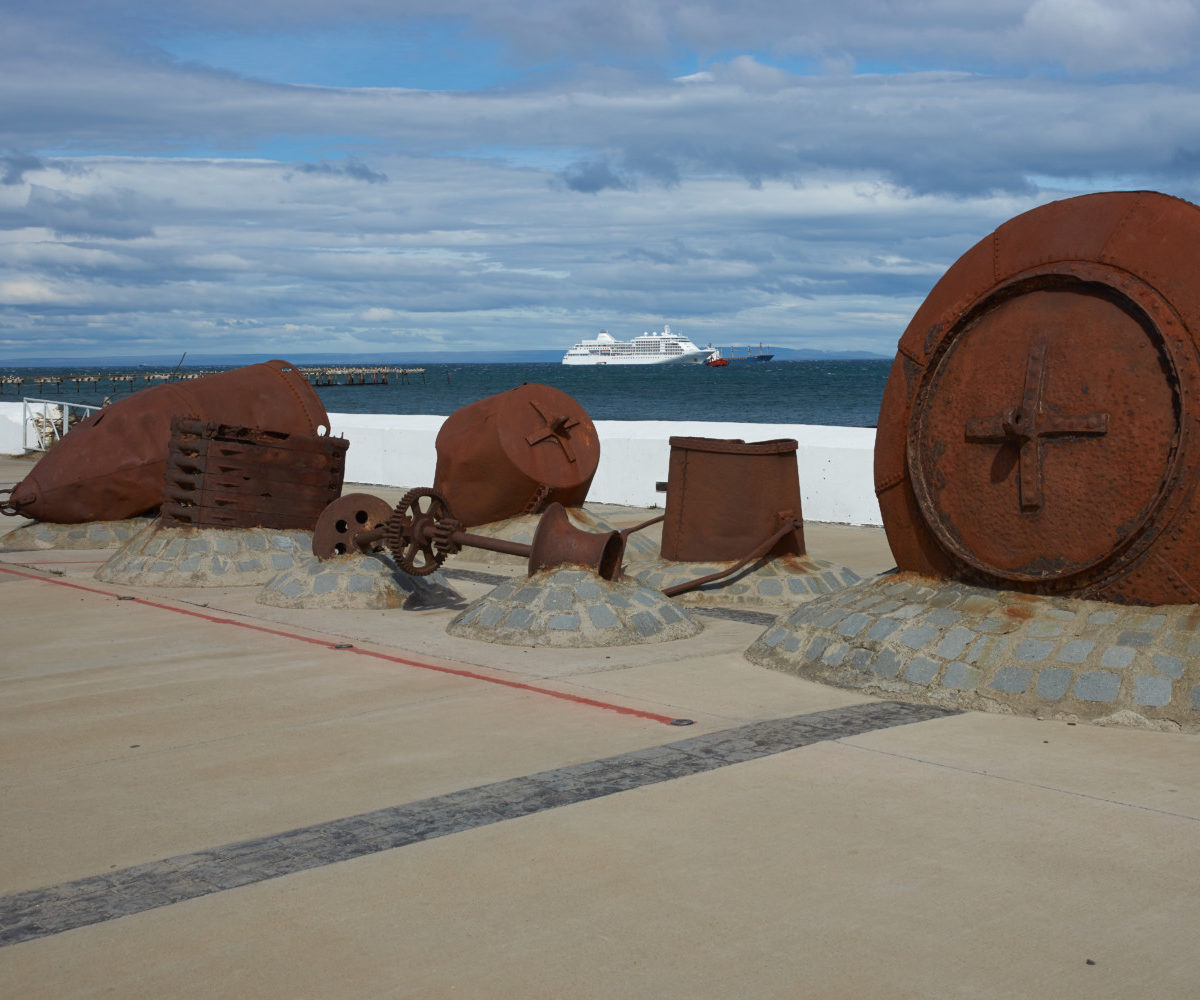
Punta Arenas
Almost 2,000 miles south of Santiago, Punta Arenas is only connected by boat and air unless you cross into Argentina. It may seem like an improbable place for a city of over 100,000 people, but Punta Arenas became an important port and hub for mining, timber exports, and the wool trade in the late 19th century; now it’s a booming travel hub for cruise ships, backpackers bound for Torres del Paine, and other Patagonia exploration. A mix of upscale glamour, washed-out historic grandeur, and working-class grit, Punta Arenas is a laid-back and welcoming city. Mostly a jumping off point for boat trips to Antarctica or Ushuaia, or hiking in the Andes, Punta Arenas has hidden charms in store before you travel onward in Patagonia. With beautiful nature to explore nearby, and if your timing is right, colonies of penguins on Magdalena Island, the journey to the bottom of the world is well worth the effort.
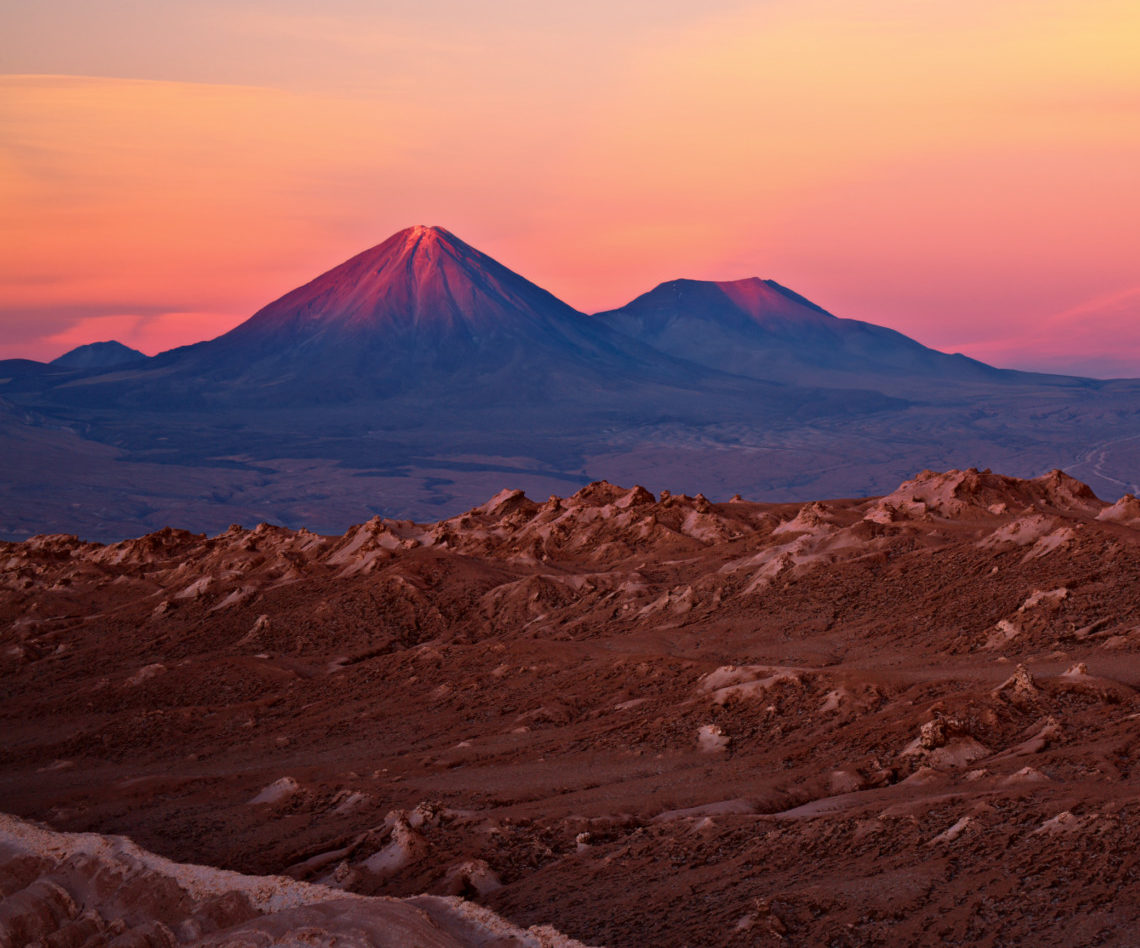
San Pedro de Atacama
A desertous moonscape of riotous color, this oasis town is the gateway to another world. The wrinkled burnt-orange walls of sandstone canyons give way to the flamingo-filled waters of saline lakes, volcanoes dot the horizon and stretch to meet the expansive skies, and steaming geysers punctuate the landscape. San Pedro de Atacama is a heady mix of outdoor adventures, upscale lodging, fine-dining, and a laid-back atmosphere. You can take to the hills to mountain bike, climb, sandboard, hike, or simply lay out and look at the stars, and then come back to wash off the dust and dine in style. With the salt flats that span the border with Bolivia within easy reach, taking a jeep tour will get you out into a utterly unique landscape that gleams like a mirror when coated in water, or sparkles a brilliant white while dry. San Pedro is a place to slow down, enjoy the mix of easy living and extreme environment, and explore the marvels of the desert.
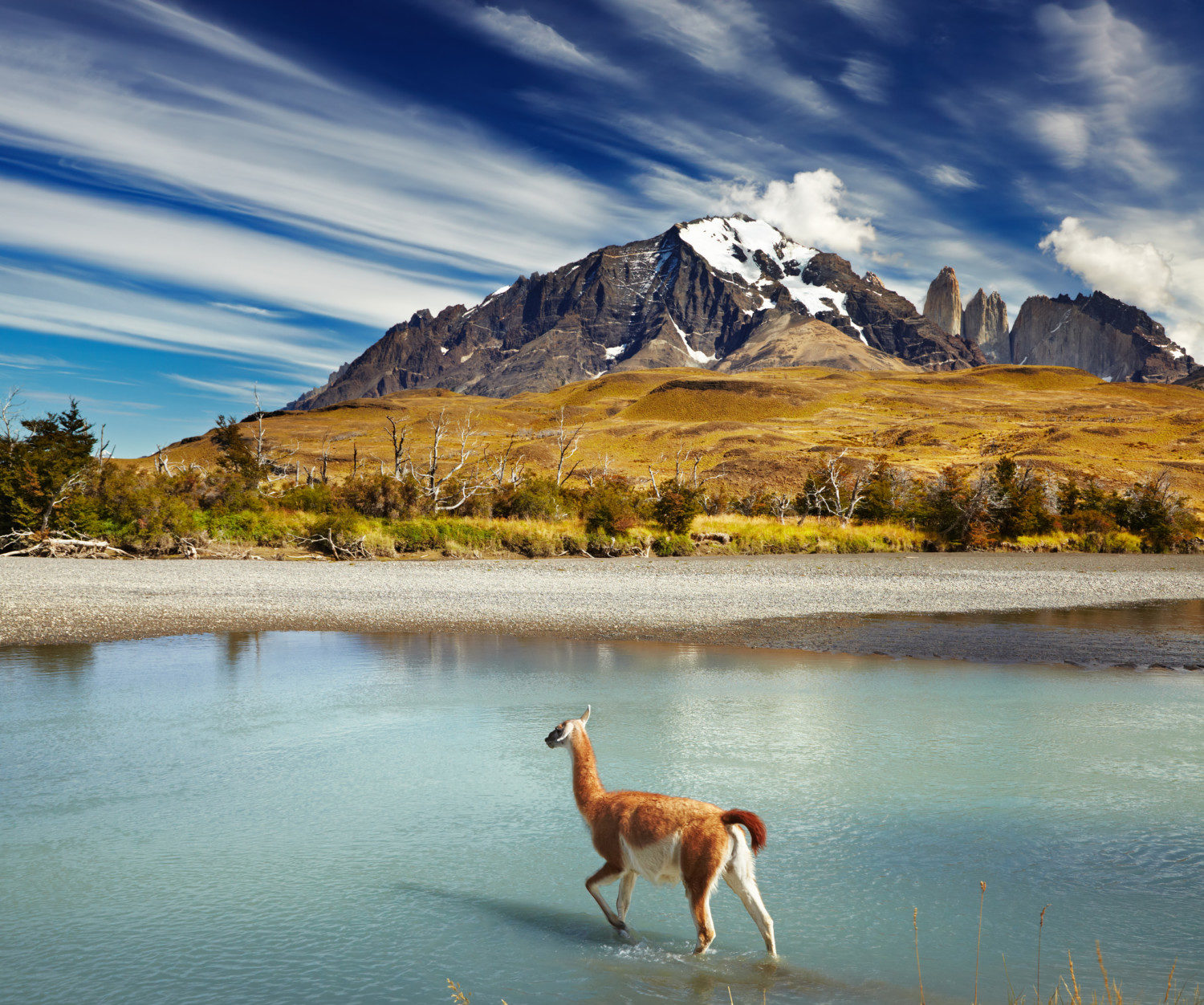
Torres del Paine
Parque Nacional Torres del Paine is the poster child of southern Patagonia with some of the most recognizable and remarkable mountain panoramas in the world. The iconic 8,000-foot granite peaks, the Torres del Paine, surge majestically from the forested slopes and burnished steppe of the park. Trails wind along gushing, cloudy-glacial blue rivers, past lapis lazuli-colored lakes, and under the gnarled branches of lenga forests. Since becoming a national park in 1959, Torres del Paine has been managed with a careful focus on sustainability, and has seen a large resurgence in populations of wildlife like puma and guanaco, a type of wild alpaca. Spend a memorable day hiking up the picturesque valley to the base of the towers, or plan for a longer stay in the well-equipped lodges called refugios to explore more of the park.
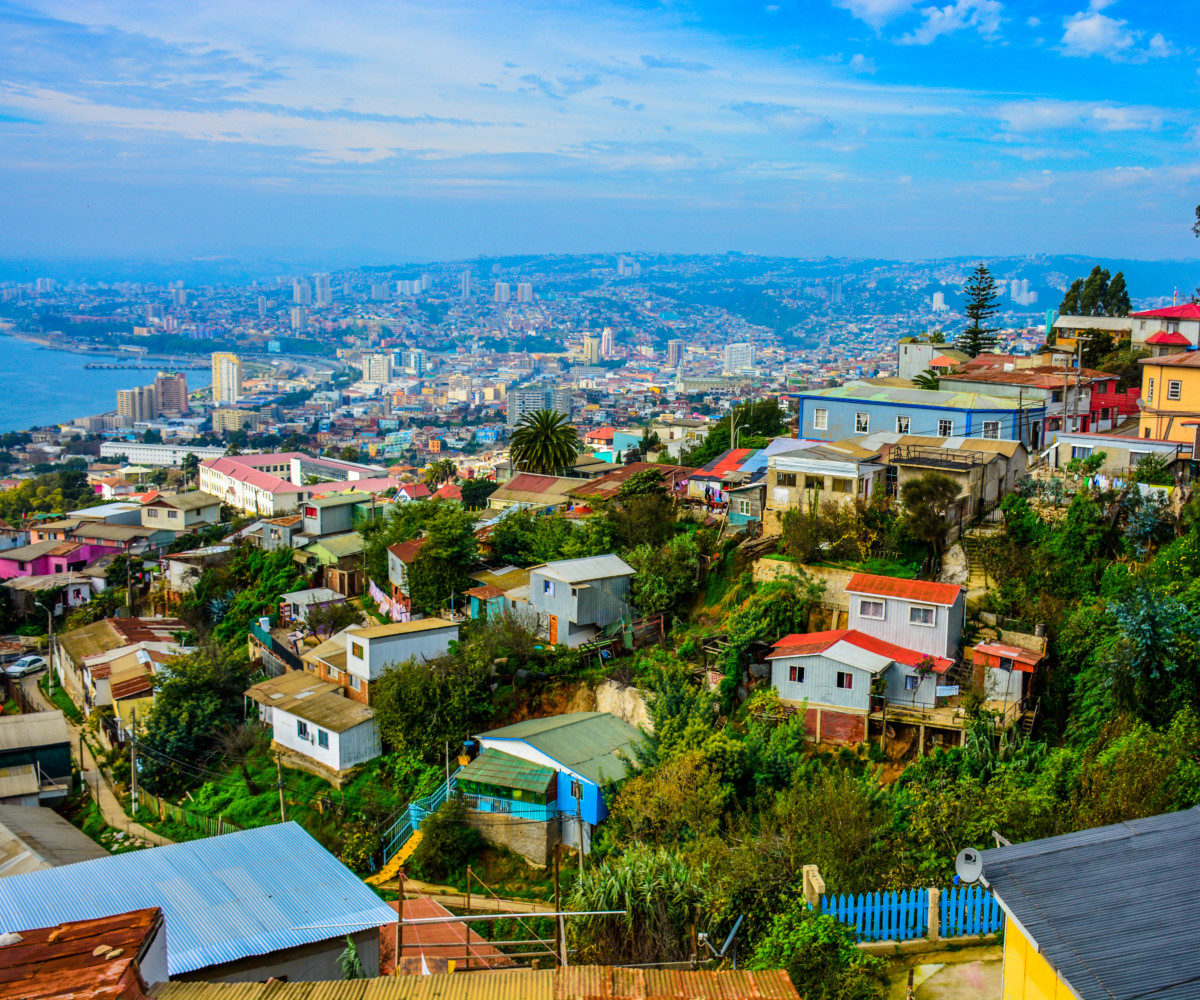
Valparaíso & Viña del Mar
Within easy reach of Santiago, the twin cities of Valparaíso and Viña del Mar are dynamically different but intrinsically entwined. Viña has beautiful beaches and palm-lined boulevards; Valpo has gritty artistic flair. Valparaíso is a city of winding streets climbing steeply uphill away from the cranes and loading docks of the working port. Known for its brightly painted houses that zigzag along a maze of streets, Valpo is a city with an uncultivated air of grungy refinement. Intricate street art and graffiti is a point of local pride, and makes wandering the streets a process of constant discovery. Stay in a hotel perched on a cliff with views out over the Pacific, or down in the city center for easy access to the enclave of hidden cafés and plazas lined with trendy restaurants. Viña is the chic cousin of Valpo, a city of designer shops, trendy clubs, and clean beachside boardwalks. It has a handful of quality museums, and is a great place to spend the day in the sun, but Valpo has a wild side that is a true joy to explore.
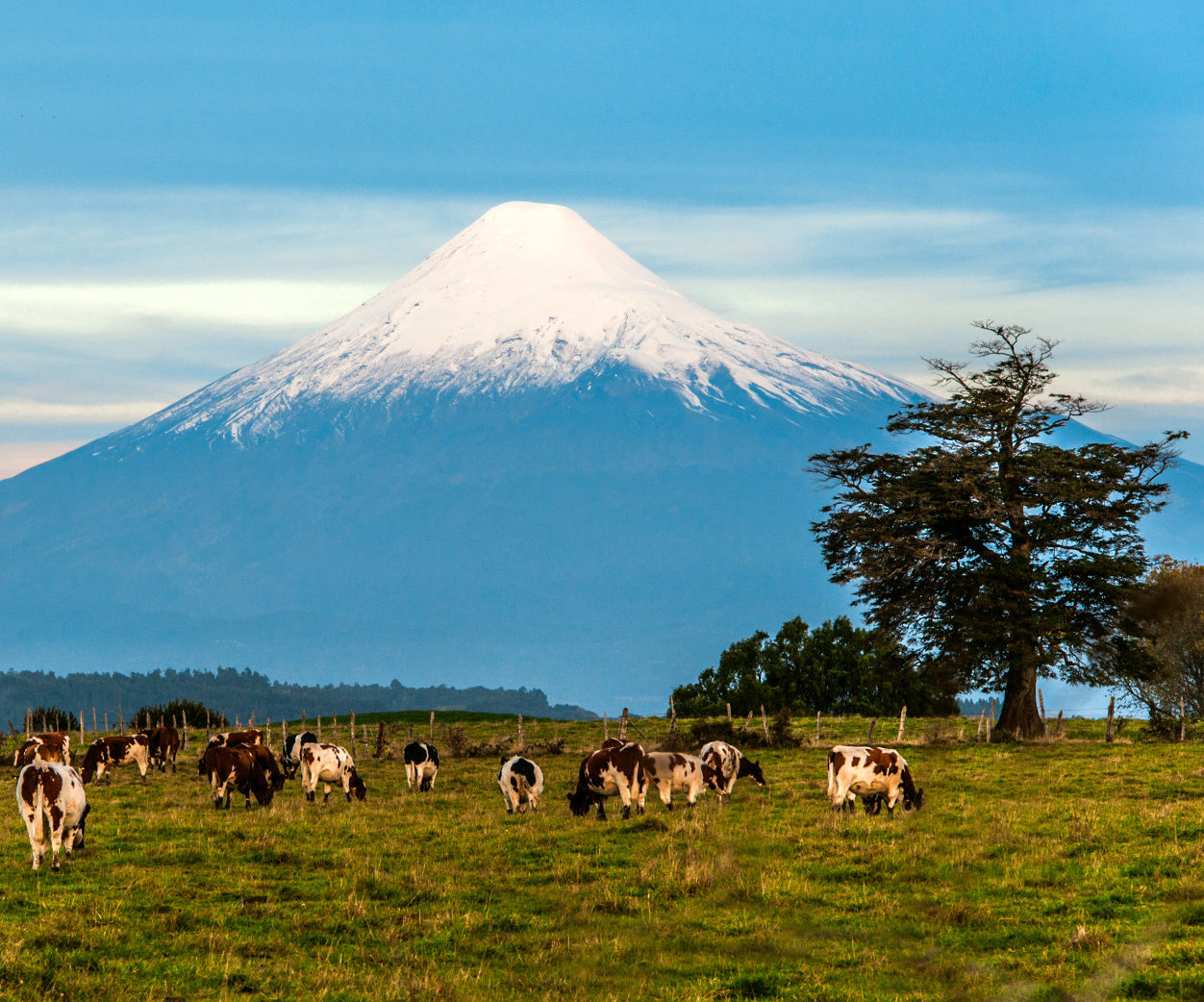
Volcán Osorno
A stratovolcano—a volcano built of many layers of hardened lava—in the Lake District of southern Chile, Volcán Osorno casts an air of mystery and magic over the surrounding countryside. Take in the scope of this dynamic volcano from across Lago Llanquihue, and then head up the slopes of the mountain for panoramic vistas of this incredible landscape of lakes and forest. Downhill ski in the winter and hike in the summer; Volcán Osorno is at the heart of an amazing natural environment and several fantastic parks. Visit the nearby Parque Nacional Alerce Andino and hike among towering Alerce trees, often compared to giant sequoias, or canoe on pristine lakes. To the north of Volcán Osorno is Parque Nacional Puyehue, an area of rushing rivers and waterfalls, forest, and extreme serenity.
